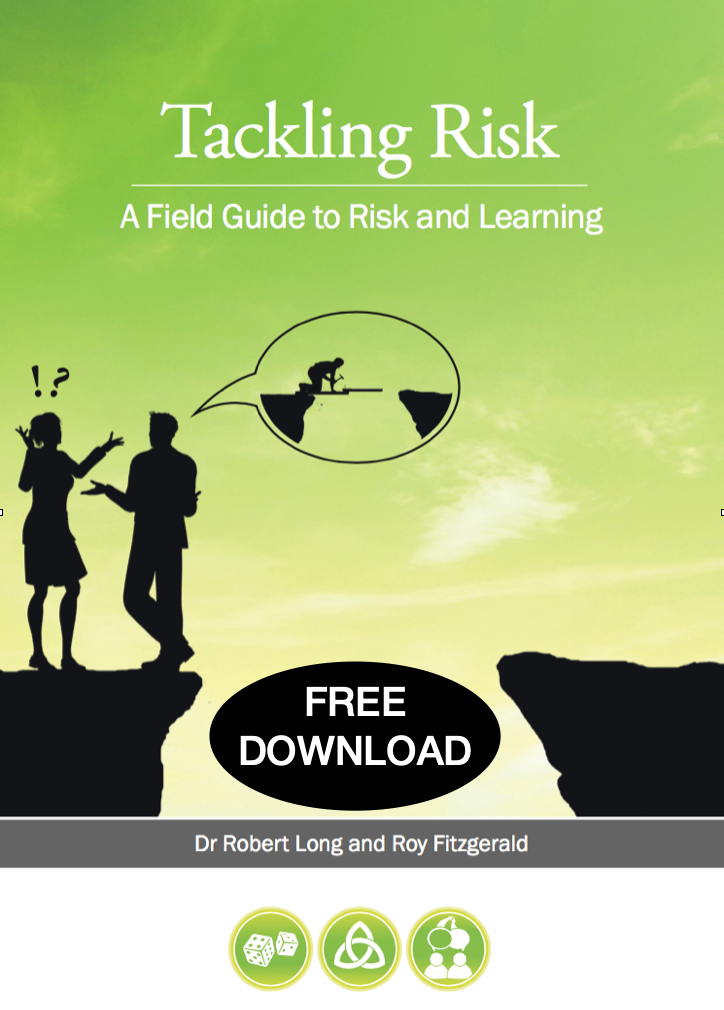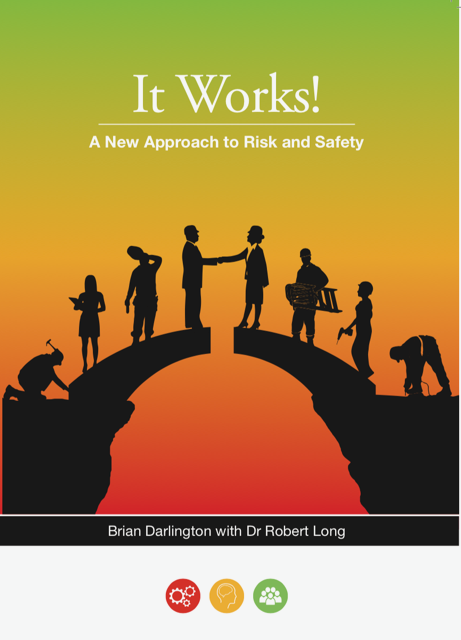
Following – Leading in Risk FREE DOWNLOAD
25 August 2017
Tackling Risk
29 August 2017What the ‘Risk Makes Sense’ book is about
In a world of growing risk aversion, one could be forgiven for thinking that risk doesn’t make sense. Risk elimination thinking and behaviour sets a trajectory for a ‘dumb down’ workplace culture. The more efforts are made to ‘engineer out the idiot’, the more the system creates an unthinking workforce.
A Newsletter in 2011 by the Health and Safety Executive (HSE) in the UK lists a number of things that have been banned. Dodgem cars, school sack races and kite flying, amongst the activities which have been banned. Some schools have banned kids playing on monkey bars and others have banned leather footballs. A local council has instituted a $1000 penalty for kite flying on council ovals in case somebody might get hit. Even the Royal British Legion had to stop selling poppies with pins on Remembrance Day in case people might prick themselves.
(Safety Snippets Edition 22, September 2011)
The report above demonstrates just how absurd things have developed in our risk adverse society. The reality is, there is no learning without risk. Risk is not bad. You can’t live life without a ‘trade-off’ for risk. You can’t learn without risk. We seem more than ever preoccupied with lawsuits than learning, more anxious about injury than adventure and, fearful of harm rather than welcoming creativity. The quest for certainty, absolute control and the elimination of doubt is a fundamentalist pursuit.
The evolving language of risk elimination and cult-like fixation with everything ‘zero’ is a language that fosters the development of an unthinking workforce. As risk aversion increases, so do the resulting management systems that accompany it. This results in ‘flooding’ the worker so that they default to gut instincts, personal micro-rules and ‘risk quackery’. This increases risk. Rather than resist risk or extinguish risk, we need to embrace it and better understand it from a psychological and cultural perspective. This is a purpose of the book.
The answer to the challenge of risk is not more paperwork but more effective conversations and dialogue that are tuned into the psychology and culture of risk. When learning is the lens through which we view risk, risk makes sense.
(182 pages, 20 illustrations)


